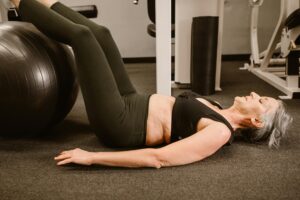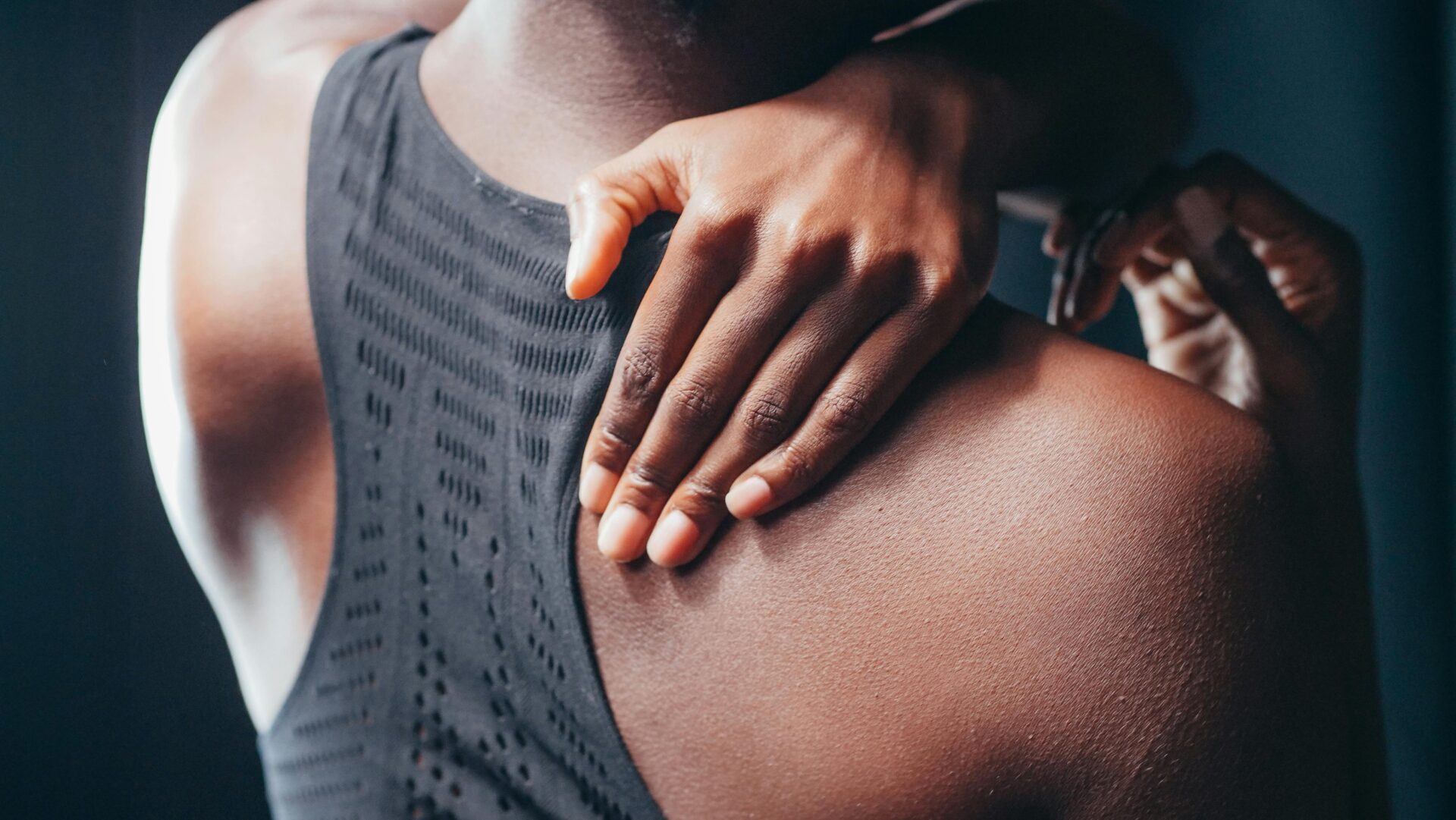Top 10 Herbs for Energy

1. Introduction: Why Choose Herbs for Energy
In today’s demanding world, it’s no surprise that fatigue has become a common struggle—especially among women juggling careers, family responsibilities, social commitments, and their own wellness. Traditional quick fixes like coffee, sugary snacks, and energy drinks might offer an initial jolt, but they often lead to energy crashes, disrupted sleep, and long-term hormonal imbalances. That’s where herbs for energy come into the picture—offering a more balanced, holistic, and sustainable way to increase vitality.
Herbs for energy have been used for centuries in traditional systems of medicine like Ayurveda, Traditional Chinese Medicine (TCM), and indigenous healing traditions. These herbs are often categorized as adaptogens or stimulants, and they work not just to increase energy output, but to support the root causes of fatigue—whether that’s stress, poor digestion, hormonal imbalances, or weak immunity.
Unlike synthetic stimulants that force your body into overdrive, herbs for energy support your body’s own energy production pathways. They regulate the hypothalamic-pituitary-adrenal (HPA) axis, nourish the adrenal glands, and improve resilience to physical and emotional stressors. Many herbs also have antioxidant properties, helping reduce oxidative stress and mitochondrial dysfunction—two key factors in chronic fatigue.
Whether you’re facing daily stress, post-exercise burnout, hormonal fatigue, or mental exhaustion, the right combination of herbs can be transformative. They provide a gentle but effective lift—helping you feel more alert, grounded, and energized throughout the day. In the following sections, we’ll explore the top herbs for energy, how they work, and how to integrate them safely into your wellness routine.
2. How Herbs for Energy Work in the Body
Understanding how herbs for energy function within the body can help you use them more effectively and safely. Unlike artificial stimulants that push the body into a temporary state of alertness, energy-boosting herbs work on a deeper, more systemic level to improve energy production, stress resilience, and hormonal balance.
2.1 Adaptogenic Action
Many of the most effective herbs for energy are classified as adaptogens—natural substances that help the body adapt to physical, emotional, and environmental stressors. Adaptogens like ashwagandha, rhodiola, and holy basil work by regulating the hypothalamic-pituitary-adrenal (HPA) axis, which controls how your body responds to stress. When the HPA axis is balanced, cortisol levels normalize, resulting in more stable energy throughout the day without the highs and lows associated with stimulants.
2.2 Mitochondrial Support
Energy at the cellular level is generated by mitochondria, the “powerhouses” of the cells. Certain herbs, such as ginseng and schisandra, help increase mitochondrial efficiency and enhance the production of ATP (adenosine triphosphate), the body’s main energy molecule. This leads to more natural, long-lasting energy.
2.3 Blood Sugar and Hormonal Balance
Fatigue is often linked to imbalanced blood sugar or fluctuating hormones. Herbs like maca and licorice root support endocrine function and stabilize blood sugar levels, preventing energy crashes and improving stamina.
In essence, herbs for energy don’t just mask fatigue—they work with your body to strengthen its foundational systems. By enhancing how your body manages stress, produces energy, and maintains hormonal equilibrium, these herbs help restore your vitality from the inside out.
3. Top 10 Most Effective Herbs for Energy
When it comes to boosting vitality naturally, not all herbs are created equal. The best herbs for energy work on multiple physiological pathways—improving mental alertness, physical endurance, and emotional resilience. Below are ten of the most research-backed and time-tested herbs that women can use to increase energy and overall vitality.
3.1 Ashwagandha (Withania somnifera)
Ashwagandha is a cornerstone of Ayurvedic medicine, revered for its adaptogenic properties. It supports adrenal health, reduces cortisol, and promotes a calm, sustained sense of energy. Unlike caffeine, which provides a quick spike, ashwagandha strengthens the body’s long-term response to stress and fatigue.
- Benefits: Boosts stamina, calms the nervous system, and enhances sleep quality
- Best Used For: Chronic fatigue, stress-induced exhaustion, poor sleep
- How to Take: 300–600 mg extract daily in capsule form or 1 tsp of powder in smoothies or warm milk
3.2 Rhodiola Rosea
This adaptogen thrives in high altitudes and cold climates, and it’s well-known for enhancing both physical and mental endurance. Rhodiola works by improving oxygen utilization and mitochondrial energy output, making it ideal for busy professionals or anyone facing cognitive burnout.
- Benefits: Increases focus, reduces mental fatigue, improves exercise recovery
- Best Used For: Brain fog, fatigue from overwork, poor stamina
- How to Take: 200–400 mg daily, ideally 30 minutes before breakfast
3.3 Ginseng (Panax ginseng)
Ginseng is one of the most studied herbs in the world for its energizing properties. It enhances physical performance and mental alertness by stimulating the central nervous system and increasing ATP production. It also supports immune function and resilience to stress.
- Benefits: Boosts physical strength, immune function, and cognitive clarity
- Best Used For: Low physical energy, immune-related fatigue
- How to Take: 200–400 mg daily as capsules or as a decoction tea
3.4 Maca Root (Lepidium meyenii)
Maca root is a superfood from the Peruvian Andes that’s rich in essential minerals, vitamins, and amino acids. Known for its ability to balance hormones, maca is particularly beneficial for women experiencing fatigue due to menstrual, postpartum, or menopausal hormonal changes.
- Benefits: Improves stamina, libido, and hormonal energy
- Best Used For: Hormonal imbalance, PMS, perimenopause
- How to Take: 1–2 teaspoons of powder in smoothies, oatmeal, or yogurt
3.5 Holy Basil (Tulsi)
Tulsi, also known as Holy Basil, is revered in Ayurvedic medicine as a sacred herb that uplifts the mind and strengthens the body. It’s particularly useful for energy drained by emotional stress. Tulsi modulates cortisol levels and supports clear thinking and emotional equilibrium.
- Benefits: Reduces anxiety, supports adrenal health, boosts daytime energy
- Best Used For: Stress-induced fatigue, mood swings
- How to Take: 1–2 cups of tulsi tea daily or 500 mg capsules twice daily
3.6 Schisandra (Schisandra chinensis)
This berry from Traditional Chinese Medicine is prized for its five-flavor profile and wide-ranging benefits. Schisandra increases endurance, mental performance, and liver detoxification—all of which contribute to better energy levels and stamina.
- Benefits: Improves liver function, mental clarity, and stress resilience
- Best Used For: Detox-related fatigue, mental burnout
- How to Take: 500 mg capsule twice daily or as a tincture
3.7 Licorice Root
Licorice root supports adrenal function by preventing the rapid breakdown of cortisol, helping maintain consistent energy throughout the day. It’s often recommended for adrenal fatigue and low blood pressure-related fatigue.
- Benefits: Supports adrenal glands, reduces inflammation, stabilizes blood pressure
- Best Used For: Adrenal fatigue, post-illness recovery
- How to Take: Herbal tea (1–2 cups/day) or 300–400 mg deglycyrrhizinated licorice (DGL) capsules
3.8 Eleuthero (Siberian Ginseng)
Eleuthero is a gentler alternative to Panax ginseng, making it ideal for long-term use. It improves oxygen uptake, enhances stamina, and increases the body’s resistance to various stressors, physical or emotional.
- Benefits: Enhances endurance, boosts immune function, improves mental clarity
- Best Used For: Chronic stress, overtraining, seasonal fatigue
- How to Take: 300–500 mg per day in capsule form or 20–30 drops of tincture
3.9 Peppermint (Mentha piperita)
Peppermint might not be the first herb you think of for energy, but it offers quick, gentle stimulation for both body and mind. It increases alertness and can help reduce fatigue-related headaches.
- Benefits: Refreshes the senses, improves mental clarity, eases tension
- Best Used For: Midday slumps, focus issues
- How to Take: A few drops of essential oil inhaled or 1 cup of peppermint tea
3.10 Green Tea Extract
Green tea extract combines moderate caffeine with the calming amino acid L-theanine. This dual action results in a calm, focused form of energy ideal for people who are sensitive to stronger stimulants.
- Benefits: Enhances alertness, supports metabolism, provides antioxidants
- Best Used For: Fatigue with brain fog, weight loss fatigue
- How to Take: 250–500 mg standardized extract daily or 2–3 cups of green tea
These ten herbs for energy offer a wide range of benefits—whether you’re a busy mom, a career-focused professional, a fitness enthusiast, or navigating menopause. Each herb has its own personality and strength, so choosing the right one (or a combination) can help you align your wellness routine with your energy needs naturally and sustainably.
4. 7 Practical Tips for Using Herbs for Energy
Integrating herbs for energy into your daily routine can be both simple and life-changing—if done thoughtfully. These seven practical tips will help you make the most out of natural herbal energy boosters while avoiding common pitfalls.
1. Start Low and Go Slow
Every woman’s body is different. When beginning with herbs for energy, start with a small dose to assess how your body responds. Some herbs like ginseng or rhodiola are quite potent, and even a small amount may deliver noticeable effects. Once you understand how you feel, you can slowly increase to the recommended dosage.
2. Rotate Your Herbs to Prevent Tolerance
Your body may adapt to a particular herb if used continuously for a long time. To maintain effectiveness, rotate between 2–3 herbs every few weeks. For example, use ashwagandha for two weeks, then switch to maca or rhodiola for the next two weeks. This method also provides a broader spectrum of benefits.
3. Combine Herbs with a Balanced Diet
Herbs for energy work best when your nutritional foundation is solid. Support their effectiveness by eating energy-supporting foods like leafy greens, lean protein, complex carbs, and healthy fats. Avoid sugar spikes and ultra-processed foods, which can undermine herbal benefits.
4. Take Herbs at the Right Time of Day
Some energizing herbs, such as ginseng or green tea extract, are best taken in the morning or early afternoon. Taking them too late can interfere with sleep. Conversely, calming adaptogens like ashwagandha or holy basil may be more appropriate in the evening if they don’t over-stimulate.
5. Support with Lifestyle Practices
Enhance the effects of herbs by incorporating yoga, breathwork, meditation, or even short walks into your day. These practices regulate your nervous system and improve how well your body utilizes energy.
6. Choose High-Quality Herbal Products
Not all supplements are created equal. Look for herbs that are organic, third-party tested, and sourced from reputable suppliers. Avoid products with fillers, artificial colors, or preservatives.
7. Consult a Holistic Practitioner
Before starting herbs for energy, especially if you’re pregnant, breastfeeding, or on medications, consult a healthcare provider or naturopath. They can help you choose the right herbs and dosage specific to your body’s needs and health history.
5. Real-Life Testimonials: Women Who Regained Their Energy
Hearing from other women who have successfully used herbs for energy can be both inspiring and reassuring. These real-life experiences show how the right herbal support can restore balance, improve vitality, and transform daily life.
🌿 Jessica, 42 – San Diego, CA
“I was juggling my job and kids and always felt drained. I started taking ashwagandha daily and noticed a huge difference in just a few weeks. I’m calmer, more focused, and I don’t crash in the afternoon anymore.”
🌿 Maria, 35 – Austin, TX
“Rhodiola Rosea has been my lifesaver. I was mentally burned out from work stress, and within a week, I felt sharper and less overwhelmed. My productivity is up, and I feel like myself again.”
🌿 Tonya, 50 – Chicago, IL
“Maca root helped me so much during menopause. It didn’t just give me more energy—it lifted my mood and boosted my libido too!”
🌿 Sabrina, 28 – Portland, OR
“I use peppermint essential oil before workouts. It’s invigorating and keeps me motivated through long runs or yoga sessions.”
🌿 Linda, 60 – New York, NY
“After struggling with adrenal fatigue, licorice root tea gave me steady energy again. It felt like I’d turned back the clock 10 years!”
6. Conclusion: Reclaim Your Natural Energy
Fatigue doesn’t have to be your norm. By integrating the right herbs for energy into your daily wellness routine, you can support your body’s natural vitality, improve focus, and regain a consistent flow of energy throughout the day. Unlike synthetic stimulants that offer temporary fixes, these herbs work with your body—balancing stress hormones, supporting adrenal health, enhancing cellular energy production, and promoting emotional well-being.
Whether you’re facing exhaustion from work, motherhood, hormonal changes, or aging, there’s an herbal solution to support your unique needs. Adaptogens like ashwagandha and rhodiola help manage stress, while energizers like ginseng and maca offer a physical and mental lift. Others, like peppermint and green tea extract, provide quick, clean bursts of energy without a crash.
What makes herbs especially empowering is that they encourage a more intuitive, holistic approach to health—one that values long-term wellness over short-term stimulation. As you experiment and find what works best for your body, you’ll not only feel more energized, but also more in tune with your own rhythms and needs.
With patience, consistency, and a little guidance, you can harness the power of nature to reclaim your energy—and your life.
Written by the Nutrahara Team
This article was developed by the Nutrahara team of nutrition scientists and naturopaths, who specialize in formulating safe, effective, and science-backed supplements for women’s health. Every ingredient we use is carefully selected to support your body’s unique needs—naturally. Follow us on LinkedIn for expert insights and updates on our latest wellness solutions.





















